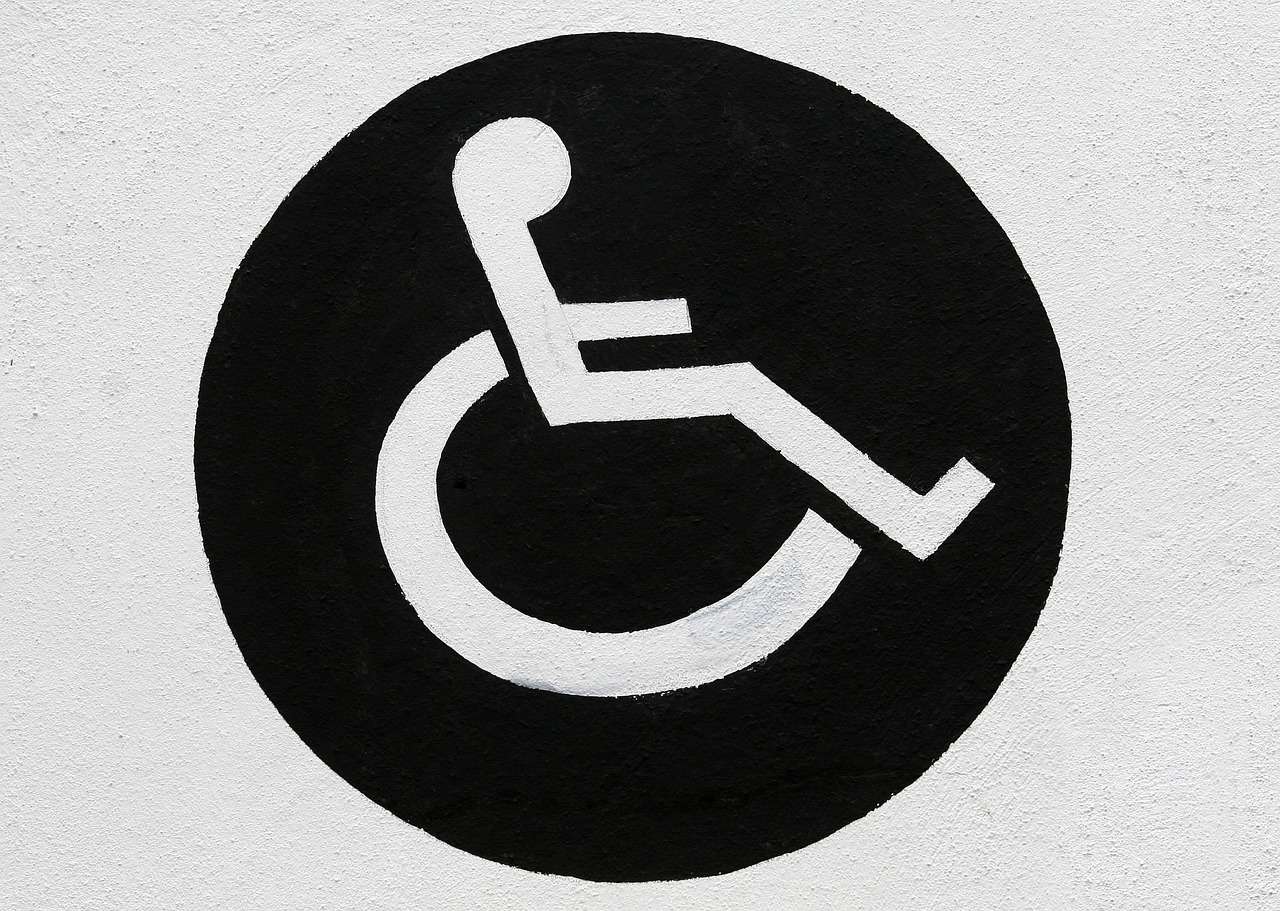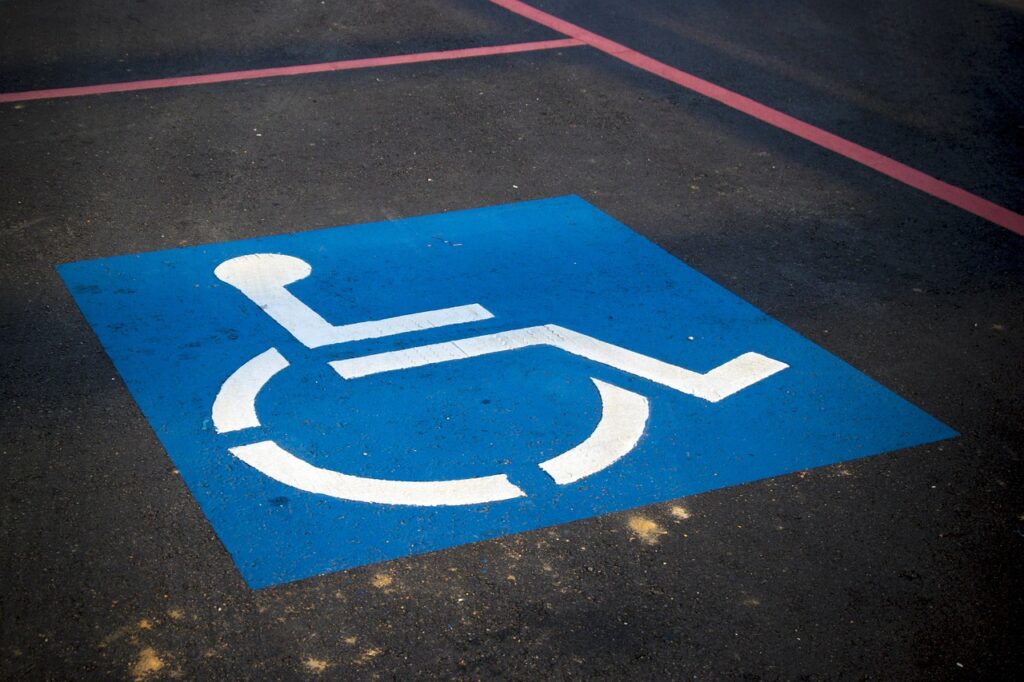Handicap Parking Signs: Understanding Their Meaning and Regulations

Accessible parking spaces are an essential element of ensuring equal access for individuals with disabilities to public facilities and services. Handicap parking signs play a crucial role in identifying these spaces and setting the rules and regulations that govern their use. In this comprehensive guide, we will delve into the meaning of handicap parking signs, the regulations that guide them, and the importance of ADA-compliant signs.
1. Handicap Parking Sign Meaning
Handicap parking signs, often referred to as accessible parking signs, are designed to communicate important information regarding designated parking spaces. These signs typically display the International Symbol of Accessibility, which is a white graphic of a person using a wheelchair on a blue background. The presence of this symbol on a sign indicates that the parking space is reserved for individuals with disabilities.
The meaning of a handicap parking sign is clear: it designates parking spaces that are exclusively for use by people with disabilities. The goal is to provide easy access to facilities and services, ensuring that individuals with mobility impairments can park close to entrances without encountering obstacles.
2. Understanding Handicap Parking Regulations
Handicap parking regulations are established to ensure the proper use of these designated spaces and to prevent misuse by unauthorized individuals. These regulations vary from one jurisdiction to another, but there are common themes that generally apply:
- Authorized Users: Only individuals with disabilities who possess a valid handicap parking permit or placard may use accessible parking spaces. The permit or placard should be displayed visibly in the vehicle.
- Fines and Penalties: Unauthorized parking in accessible spaces can result in fines and penalties. The exact fines and consequences may vary by location, but they are typically substantial to deter misuse.
- Parking Duration: Accessible parking spaces are intended for short-term use, so time limits are often enforced. The duration can vary, but it’s typically limited to a few hours.
- Van-Accessible Spaces: Some parking lots or facilities are required to have van-accessible spaces. These spaces are wider to accommodate wheelchair-accessible vans and are marked with additional signage.
- Access Aisles: Access aisles are the areas next to accessible parking spaces that allow individuals with disabilities to safely exit their vehicles. It is illegal to park in these access aisles.
- Towing and Enforcement: Unauthorized vehicles parked in accessible spaces may be subject to towing or other enforcement actions.
- Legal Compliance: Complying with handicap parking regulations is not just a matter of convenience but a legal obligation. Failure to adhere to these regulations can result in legal consequences.
3. ADA-Compliant Handicap Parking Signs
The Americans with Disabilities Act (ADA) sets federal standards for accessible parking spaces and signage. ADA-compliant handicap parking signs are essential to ensuring accessibility and legal compliance. Here are some key aspects of ADA-compliant signs:
- Color Scheme: ADA-compliant signs use the specific color combination of white on a blue background. This color scheme is standardized to ensure recognition and visibility.
- Symbol of Accessibility: The International Symbol of Accessibility must be prominently featured on ADA-compliant signs. This symbol is universally recognized as representing accessibility.
- Placement and Visibility: Signs should be installed at a specific height to ensure visibility and understanding. They should be clearly visible from the parking space and unobstructed.
- Characteristics: ADA-compliant signs have specific characteristics, including the correct size, fonts, and spacing. This consistency ensures uniformity and recognition.
- Reflectivity: Signs must be reflective to enhance visibility in various lighting conditions, including at night.
4. Handicap Parking Signage Requirements
The regulations governing handicap parking signage are essential to ensuring that accessible parking spaces are easily identifiable and compliant with ADA standards. These requirements include:
- Size: ADA-compliant handicap parking signs must be at least 12 inches in height and 18 inches in width for standard parking spaces. Van-accessible spaces require larger signs, typically 24 inches by 24 inches.
- Color: As mentioned earlier, the color scheme of white on a blue background is a standard requirement.
- Placement: Signs should be placed at a height of 60 inches to the bottom of the sign. This placement ensures visibility and readability.
- Distance from Space: The sign should be located at the head of the parking space or on a wall immediately adjacent to it.
- Reflectivity: Signs must be reflective to enhance visibility in low-light conditions.
- Symbol of Accessibility: The International Symbol of Accessibility is a mandatory element of the sign, and it must be displayed prominently.

5. Interpreting Handicap Parking Signs
Interpreting handicap parking signs is straightforward due to their standardized design. The International Symbol of Accessibility, along with the white-on-blue color scheme, signifies the purpose of the parking space. When you see this symbol on a sign, it indicates that the parking space is reserved for individuals with disabilities. This means that only those with a valid handicap parking permit or placard can use the space.
Additionally, van-accessible spaces are marked with a larger sign that features the International Symbol of Accessibility along with the word “van-accessible.” These spaces are designed to accommodate wheelchair-accessible vans, making them wider than standard accessible parking spaces.
When you see a handicap parking sign, it’s essential to recognize its meaning and adhere to the regulations that govern the use of these designated spaces. Unauthorized parking in these spaces is not only discourteous but also illegal and subject to penalties.
6. Handicap Parking Spot Rules
Handicap parking spot rules are in place to ensure that individuals with disabilities have access to these reserved spaces whenever needed. Here are some essential rules to follow when using or encountering handicap parking spots:
- Authorized Use: Only individuals with disabilities who possess a valid handicap parking permit or placard may use accessible parking spaces.
- Displaying the Permit: The handicap parking permit or placard must be displayed visibly in the vehicle while parked in an accessible space.
- Time Limits: Handicap parking spaces may have time limits, so they should only be used for short-term parking while conducting business or accessing facilities.
- No Parking in Access Aisles: It is illegal to park in the access aisle adjacent to an accessible parking space. These aisles are essential for individuals with disabilities to exit their vehicles safely.
- Van-Accessible Spaces: Van-accessible spaces are reserved for larger vehicles like wheelchair-accessible vans. They should only be used by these vehicles.
- Penalties for Misuse: Unauthorized parking in handicap spaces or misuse of handicap parking permits can result in fines, penalties, and towing of the vehicle.
- Follow Local Regulations: Local regulations may add additional rules or requirements, so it’s essential to be aware of any specific rules in your area.
7. Handicap Parking Symbol Explanation
The International Symbol of Accessibility is a universally recognized symbol that represents accessibility for individuals with disabilities. The symbol features a white graphic of a person using a wheelchair on a blue background. This symbol is displayed prominently on handicap parking signs, and its meaning is clear: the space is reserved for individuals with mobility impairments.
The International Symbol of Accessibility is not limited to parking signs but is also used to mark accessible entrances, facilities, and services. It serves as a visual indicator of inclusion and the removal of physical barriers for people with disabilities.
8. Handicap Parking Sign Placement
Handicap parking signs must be placed at a specific height to ensure visibility and adherence to regulations. According to ADA guidelines:
- Signs should be mounted at a height between 60 inches and 66 inches to the bottom of the sign. This placement ensures that the sign is visible and easily readable for individuals approaching the parking space.
- The sign should be located at the head of the parking space, which is the area closest to the accessible entrance of the facility. In cases where this placement is not feasible, the sign can be installed on a wall immediately adjacent to the parking space.
Proper placement of handicap parking signs is crucial to ensure that individuals with disabilities can identify and use the designated spaces without difficulty.
9. Legal Aspects of Handicap Parking Signs
The legal aspects of handicap parking signs are a critical component of ensuring accessibility and preventing misuse. Legal considerations include:
- Enforcement: Regulations surrounding accessible parking spaces are enforced at the local and state levels. Unauthorized parking in these spaces or misuse of handicap parking permits can result in fines, penalties, and towing of the vehicle.
- ADA Compliance: Handicap parking signs must comply with ADA standards to ensure their legal validity. Non-compliance can result in legal consequences and potential liabilities for property owners.
- Local Regulations: In addition to federal ADA requirements, local and state regulations may impose additional rules and penalties for accessibility and parking violations.
Compliance with the legal aspects of handicap parking signs is essential to maintain accessibility, uphold the rights of individuals with disabilities, and avoid legal repercussions.
10. Comprehensive Guide to Handicap Parking Signage
Handicap parking signage is an integral part of creating an inclusive environment that ensures equal access for individuals with disabilities. A comprehensive guide to handicap parking signage includes the following key points:
- Understanding the Meaning: Handicap parking signs are used to designate parking spaces for individuals with disabilities. They feature the International Symbol of Accessibility, which signifies accessibility and inclusion.
- ADA Compliance: ADA-compliant signs follow specific requirements regarding size, color, placement, and reflectivity. Compliance is necessary to ensure recognition and uniformity.
- Regulations and Rules: Handicap parking regulations include authorized use, time limits, and van-accessible spaces. Following these rules is not only courteous but also a legal obligation.
- Penalties for Misuse: Unauthorized parking in handicap spaces or misuse of handicap parking permits can result in fines, penalties, and towing. Understanding the legal consequences is essential.
- Importance of Placement: Proper placement of handicap parking signs, both in terms of height and location, ensures visibility and compliance with ADA regulations.
- Role of the Symbol of Accessibility: The International Symbol of Accessibility is universally recognized as a symbol of inclusion and accessibility for individuals with disabilities.
- Local Regulations: Be aware of any additional local or state regulations that may add further requirements or rules regarding handicap parking signage.
***
Handicap parking signs are more than just symbols; they are powerful tools that promote accessibility, inclusion, and equal access to public facilities and services. Understanding their meaning, regulations, and legal aspects is essential for creating an accessible and inclusive environment for individuals with disabilities.
By adhering to these principles and guidelines, we can ensure that accessible parking spaces fulfill their purpose and serve those who need them while upholding the rights of individuals with disabilities.
Need more information on disabled parking in the US? From handicap parking for seniors in Wisconsin to handicap parking for caregivers in Delaware, we offer a useful bank of detailed topics on the Dr Handicap blog. Check it out today!
Featured image by Robert Owen-Wahl from Pixabay.